A popular conversation amongst sell-side candidates is an expressed ambition is to transition to the buy-side; be that asset management, hedge funds, or private equity firms. The general consensus is that a buy-side trading seat is more attractive than the sell side. Of course, this depends on several factors; the role/function, asset class, pay-out. But as banks have taken a hit to paid compensation amid a slump in deal activity, moves from the sell-side to the buy-side are well underway…
We’ve seen several MDs from Morgan Stanley and Goldman Sachs move into either Hedge Funds or the sovereign wealth space. Brevan Howard has hired Goldman Sachs MD, Subhek Garg, as its US chief technology officer. Garg previously spent 16 years at Goldman, latterly in wealth management. Meanwhile in Europe, Jee Wayn Ong, a Goldman Sachs executive director left for the Abu Dhabi Investment Authority as a scientific development lead. The appetite for sell-side traders very much depends on the fund, the role and the strategy – from speaking with the market, we’re seeing Delta One professionals from Investment Banks attractive to hedge funds / multimanager platforms.
Some key points of distinction between sell-side and Hedge Funds are as follows:
• Compensation – Hedge Funds offer a much higher pay ceiling than investment banking. A typical pay-out for a HF manager will be a 2% management and 20% fund performance fee. For juniors, compensation arrangements will vary, but typically consist only of a cash salary and a discretionary cash bonus. In most cases, the discretionary bonus makes up a larger portion of total compensation than in investment banking or private equity and is highly dependent on individual performance as well as the performance of the fund.
• Pressure – The buy-side is often perceived as a lower-stress work environment. Employees are forced to do more with less, but these themes play out over a longer period of time on the buy-side and there can be a greater sense of job security, particularly within the asset management space. In Hedge Funds, performance is key – with risk frameworks differing across platforms and smaller funds. Flexible working hours have been at the forefront of many discussions across the sell-side industry and are becoming increasingly desired by those working in trading. This can be difficult to implement across front-office roles within banks, where client needs are priority – regardless of the time of day.
• Shift in investment philosophy – Hedge Fund managers are highly focused on short-term profits. The sole goal is to get the highest returns on investments in the lowest amount of time. Because they are exposed to fewer regulations, Hedge Funds have a lot more freedom in how they invest.
If you are currently sell-side and are interested in learning more about transitioning to buy-side, please get in touch with Senior Consultant Orla Louden at orla.louden@coopman.uk








